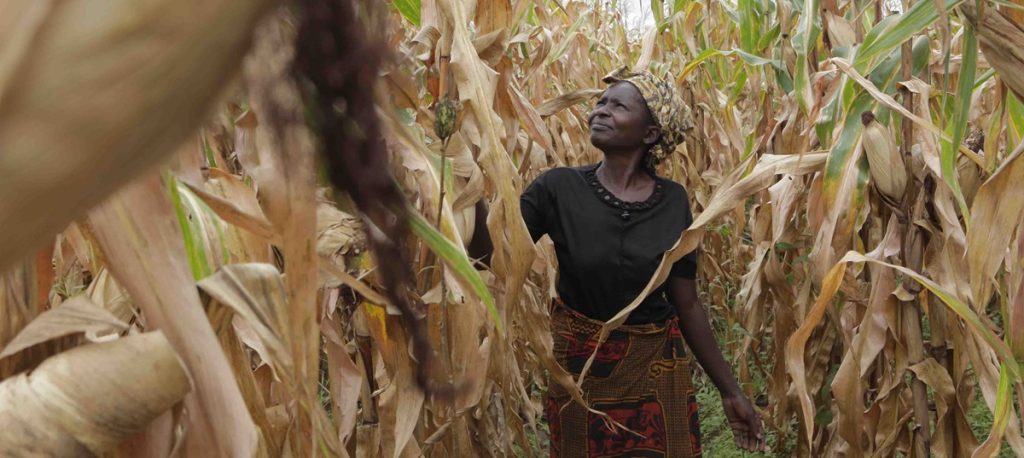In the most severe drought southern Africa has seen in a hundred years, villagers in Malawi are foraging for potentially toxic wild yams to eat as their crops remain parched and withered in the fields.
“Our situation is very dire; we are starving,” said 76-year-old grandmother Manesi Levison as she watched over a pot of bitter, orange wild yams that she says must cook for eight hours to remove the toxins.
“Sometimes the kids go for two days without any food,” she said.
Levison has 30 grandchildren. At her home near Lake Malawi in Salima, ten of them were gathered under the thatched roof while she prepared the locally known unappetizing yam called mpama.
“It is a root that grows in the wild, which we dig up so that the kids can at least have something to eat for the day,” Levison said.
“People have died or fallen sick from eating this, so you have to make sure that it cooks for a really long time, all the time replacing the cooking water so as to remove the poison.”
Levison said it had stopped raining since April, and the crops withered in the fields. Samuel Benjamin, the village head, said, “People here are distressed because of hunger and the situation is really desperate. “

Malawi, one of the world’s most impoverished nations, relies heavily on rain-fed agriculture to sustain its population.
This year’s drought, worsened by the El Nino weather phenomenon, is impacting 44% of Malawi’s agricultural land and 40% of its 20.4 million inhabitants, as reported by the World Food Programme (WFP).
The Department of Disaster Management Affairs in Malawi estimates that approximately 5.7 million individuals will require assistance to secure an adequate food supply between October and March.


